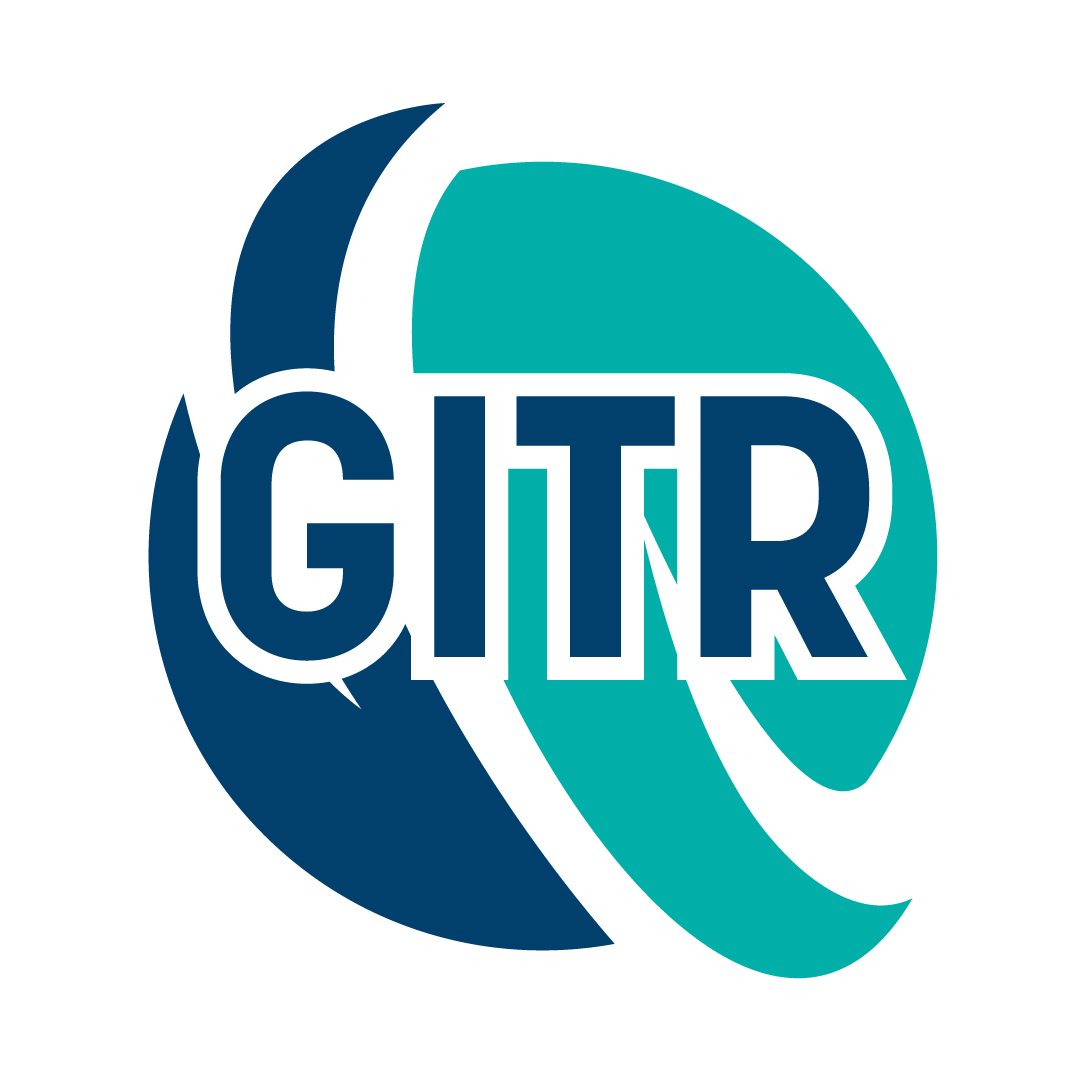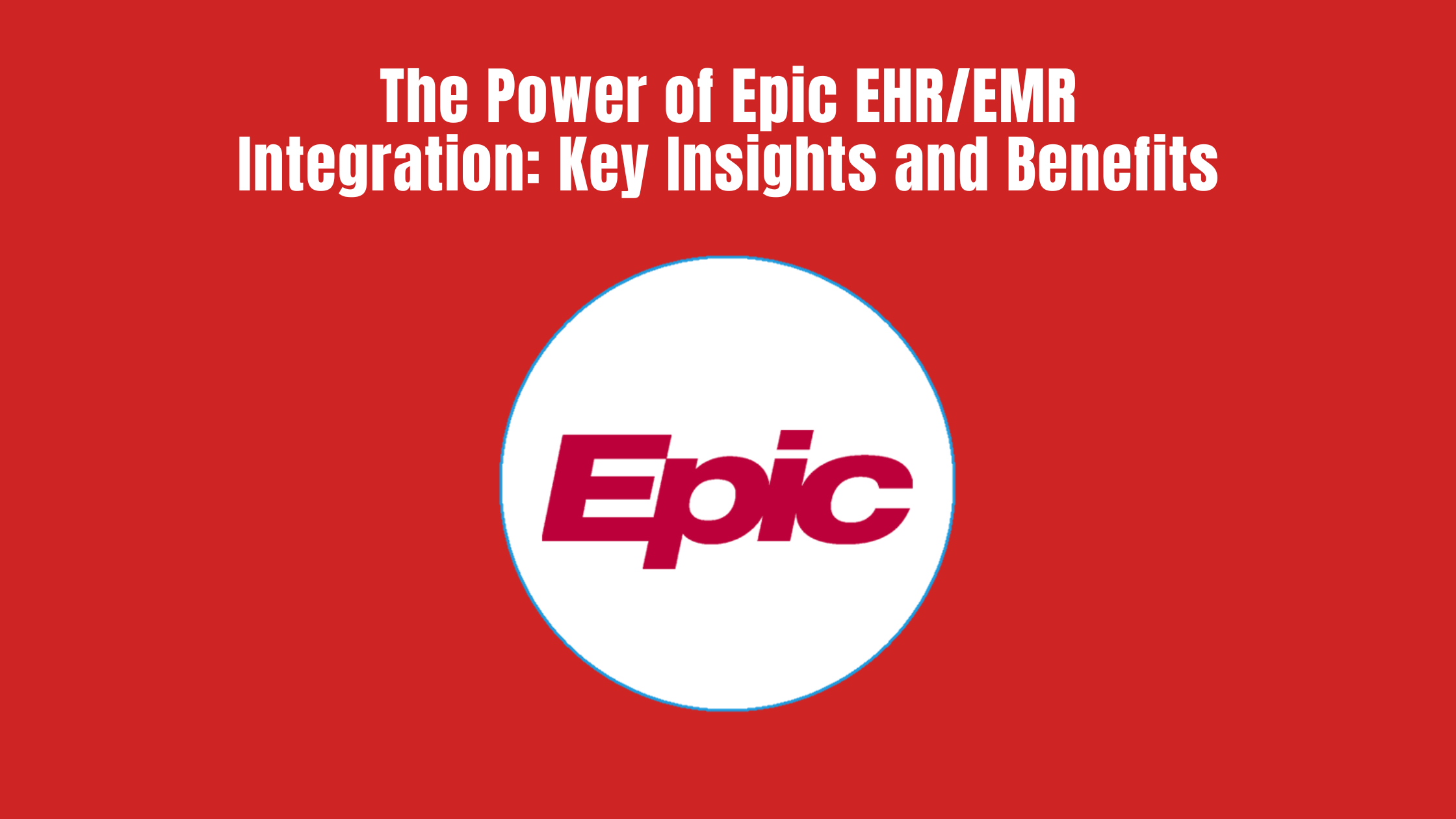Will ICD-10 testing exchanges swoop in to save the day?
Will ICD-10 testing exchanges swoop in to save the day?
In late August, revenue cycle management company Emdeon announced the industry’s first testing exchange, which allows providers to submit claims and receive feedback without having to wait for payers to be ready to do the same thing. When a payer is ready to conduct testing from its end, Emdeon will allow access to the provider-originated ICD-10 data, letting them get their processes in order on their own schedule.
Now a second clearinghouse is offering a similar service, too. Today, claims clearinghouse Caprio, Inc., announced its own exchange available to its customers, and there may be more such programs to come. With the vast majority of providers barely starting to think about testing, and only 49% of providers being able to say they’ve completed their impact assessment, third-party testing arenas might be the only way some providers manage to do any external preparations at all, even if clearinghouses are only able to provide half of the information providers will need.
Clearinghouses may be great at the handoff, but they cannot provide an ICD-10 code to a payer based on a provider’s documentation. Testing exchanges can check to see if theelectronic claim will be received by the clearinghouse and then the payer, but they can’t say whether that ICD-10 code is correct, or if the clinical documentation is adequate to support the ICD-10 code listed. Providers should keep in mind that clinical documentation improvement is not an optional piece of the ICD-10 transition. Sufficient documentation is still a critical aspect of getting paid appropriately.
But testing exchanges do offer a lifeboat for providers who feel lost at sea during this major change, and they may become more popular than anticipated as organizations struggle to get their own internal processes sorted out, let alone try to line up their efforts with hundreds or thousands of business partners. While Caprio boasts that they are offering their solution to providers a full year before the implementation date, testing is anticipated to take between six and eight months. Considering the number of providers barely shifting into first gear with only twelve months to go, providers and payers alike are risking scraping up against the deadline.
Can clearinghouse exchanges make testing easy enough that providers will be able to complete the process in advance of October 1, 2014? Will they become widespread enough among providers to give payers the wealth of data they need to get ready? Will more clearinghouses help the industry join forces against the monstrous foe? Stock up on that popcorn, because 2014 is definitely going to be a year to watch.


